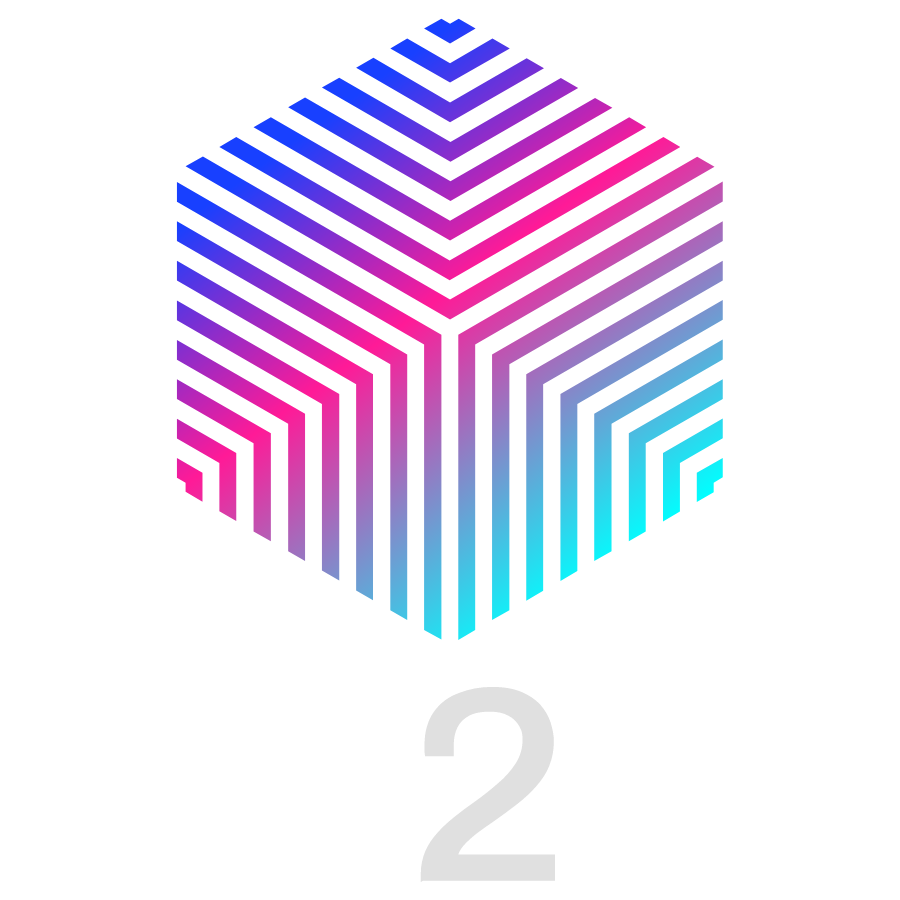Innovation Driven Use-cases of AI in Education
Firstly a congratulations to everyone receiving their GCSE exam results this week in the UK and best of luck to those awaiting A level results!
Artificial Intelligence (AI) is no longer a futuristic concept; it is a practical tool already transforming how we learn, teach, and manage educational institutions. Artificial Intelligence is reshaping education by offering innovative solutions to long-standing challenges and inefficiencies.
The adoption of AI in education is growing rapidly, with the global AI education market expected to reach $88.2 billion (£67 billion) by 2032, reflecting a compound annual growth rate (CAGR) of 43.3% from 2022 to 2032 (The Tech Report).
From personalised learning experiences to automated exam marking, AI is transforming how educators teach and students learn. In this blog, we will explore the various use cases of AI in education, and why an algorithim might indeed become your child’s best friend.

In the Classroom and at Home
Personalised Learning
One of the most significant contributions of AI to education is its ability to create personalised learning experiences. Traditional education often struggles with a one-size-fits-all approach, which can leave many students disengaged or unsupported. AI-driven adaptive learning platforms offer a solution by tailoring educational content to the individual needs of each student.
AI algorithms have the potential to assess student performance in real-time, adjusting the difficulty, pacing, and content of lessons based on each student’s progress. This personalised approach ensures that students who need extra help receive it, while those ready to move forward can do so at their own pace. As a result, students are more engaged, motivated, and successful.
Studies show that 73% of students believe AI helps them understand learning material better, and 63% report studying more efficiently with AI tools (The Tech Report).
Virtual Assistants and AI Agents
Another revolutionary use of AI in education is the development of virtual tutors and AI assistants. These tools extend learning beyond the classroom, providing students with access to support at any time, day or night. AI-powered tutors can help students with complex topics, answer questions, and even guide them through difficult problems.
AI assistants are designed to be intuitive and responsive, offering support tailored to the unique needs of each student. These virtual tutors can also help students stay organised, reminding them of upcoming deadlines, tracking their progress, and suggesting areas where they might need extra practice.
The constant availability of AI assistants ensures that learning is no longer confined to the classroom. Students have the resources they need at their fingertips, which is particularly beneficial for those who may not have access to additional help outside school hours. This democratization of learning support is one of the many ways AI is making education more inclusive.
This trend also ensures that globally – people from all backgrounds, countries and socio-economic backgrounds have access to high quality educational content in any language!
AI in Administrative Tasks
Education is not just about teaching; it’s also about managing a vast array of administrative tasks, which can be time-consuming and prone to error. AI is revolutionising this aspect of education by automating routine tasks, allowing educators and administrators to focus more on teaching and student engagement.
AI-driven systems manage scheduling, track attendance, and automate communication with parents and students. For instance, these systems can generate dynamic timetables that adapt to the needs of both students and educators, optimising the use of resources and ensuring that everything runs smoothly.
Moreover, AI’s role in communication is crucial. These systems facilitate seamless communication between all stakeholders, ensuring that parents are kept informed of their child’s progress, teachers can easily share updates, and students receive timely reminders about their assignments and exams. This enhanced communication improves the overall efficiency of educational institutions and enhances the learning experience.

AI in GCSE/A-level Exam Marking
The marking of GCSE exams is a critical process with significant implications for students’ futures. However, it is also a process fraught with challenges, including the potential for human error and the enormous time investment required from educators. AI offers a solution that enhances both the accuracy and efficiency of GCSE marking.
Automated Essay Scoring
One of the most promising applications of AI in GCSE marking is the automated scoring of essays. AI systems use advanced natural language processing (NLP) to evaluate written responses, analysing grammar, structure, coherence, and content relevance. These systems provide an objective and consistent score based on these factors.
The benefits of automated essay scoring are clear: it significantly reduces the time required for marking, allowing educators to focus on providing more detailed and personalised feedback. Moreover, the consistency of AI-driven scoring helps to minimise human error and bias, leading to fairer assessments.
However, the importance of balancing AI’s efficiency with human insight remains. AI systems are often used to provide a preliminary score that can then be reviewed by a teacher, ensuring that while the process is streamlined, the final judgment remains in the hands of an experienced educator (POST).
Bias Detection and Mitigation
One of the advantages of using AI in GCSE marking is its potential to reduce bias. Human markers can be influenced by factors such as handwriting, presentation, or even unconscious biases related to a student’s background. AI systems, on the other hand, can be designed to focus solely on the content and quality of the work, ignoring irrelevant factors.
Moreover, AI can be trained to detect potential biases in human marking by analysing patterns in the scores given by different markers. If a bias is detected, the system can flag the exam for further review, ensuring a fairer and more consistent marking process. This use of AI can help level the playing field for all students, providing a more equitable assessment of their abilities.
AI in School Systems
AI is not only transforming how students learn and how exams are marked but is also revolutionising the management of school systems. From smart school management systems to predictive analytics, AI is helping schools operate more efficiently and make data-driven decisions.
Enhancing Safety and Security
AI is also playing a role in enhancing the safety and security of school environments. AI-powered surveillance systems can monitor school premises in real-time, detecting potential threats such as unauthorised intruders or suspicious behaviour. These systems can alert school administrators and security personnel, allowing them to respond quickly to any incidents.
Moreover, AI can be used to monitor students’ online activity, ensuring that they are safe from cyberbullying and other online threats. By analysing patterns in students’ behaviour, AI can identify potential issues before they escalate, helping to create a safer and more supportive learning environment.
Predictive Analytics for Student Performance
One of the most exciting applications of AI in school systems is predictive analytics, which uses AI algorithms to analyse data and predict future outcomes. In education, predictive analytics can be used to identify students who may be at risk of falling behind or dropping out, allowing educators to intervene early and provide additional support.
For example, AI can analyse data on students’ attendance, grades, and behaviour to identify patterns that may indicate a student is struggling. Educators can then use this information to develop targeted interventions, such as tutoring or counselling, to help the student get back on track.
Predictive analytics can also be used to improve the overall performance of schools by identifying trends and making data-driven decisions. For example, AI can analyse data on student performance to identify areas where the curriculum may need to be adjusted or where additional resources are needed.
Ethical Considerations and Challenges
While the potential benefits of AI in education are immense, it is essential to consider the ethical implications and challenges associated with its use. Issues such as data privacy, equity, and accessibility must be carefully addressed to ensure that AI is used responsibly and that all students benefit from its applications.
Privacy and Data Security
AI systems rely on vast amounts of data to function effectively. In education, this often involves collecting and analysing sensitive information about students, such as their academic performance, behaviour, and personal details. It is crucial to ensure that this data is handled responsibly and that students’ privacy is protected.
Schools and educational institutions must implement robust data security measures to prevent unauthorised access to student data. Additionally, it is essential to comply with relevant regulations, such as the General Data Protection Regulation (GDPR), to ensure that data is collected and used transparently and ethically.
Equity and Accessibility
As AI becomes more integrated into education, there is a risk that it could exacerbate existing inequalities. For example, students from disadvantaged backgrounds may have less access to the technology required to benefit from AI-powered learning tools. Additionally, biases in AI algorithms could result in unfair treatment of certain groups of students.
To address these concerns, it is essential to ensure that AI tools are designed to be inclusive and accessible to all students, regardless of their background. This may involve providing additional support and resources to schools in disadvantaged areas and ensuring that AI algorithms are thoroughly tested to identify and mitigate potential biases.
Conclusion
Artificial Intelligence is transforming education in ways that were once unimaginable. From personalised learning experiences to automated exam marking and smart school systems, AI is helping to create more efficient, effective, and equitable educational environments. However, as we continue to integrate AI into education, it is essential to consider the ethical implications and challenges associated with its use.
By embracing AI responsibly and ensuring that it is used to benefit all students, we can unlock its full potential to enhance education and prepare students for the future. As educators, policymakers, and stakeholders, it is our responsibility to guide the development and implementation of AI in education, ensuring that it serves as a force for good in the lives of students worldwide.



